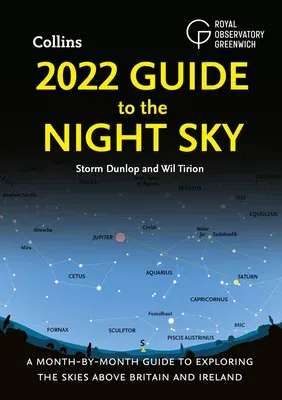Wil Tirion never had any education in astronomy. He education was
focused on graphic arts and design, although the starry sky and
especially star maps have always fascinated him. In the field of
astronomy and uranography (mapping the sky), he is what they call
autodidact.
In 1977, just for his own enjoyment, he started making his first star
atlas, with stars down to magnitude 6.5). It was published in the
Encyclopedia of Astronomy, edited by Colin Ronan, (Hamlyn, London, 1979)
and in 1981 as a separate set of maps by the British Astronomical
Association (B.A.A. Star Charts 1950.0).
In 1978, still as a hobby, he started working on a larger atlas: Sky
Atlas 2000.0., showing stars down to magnitude 8.0. Its publication, in
1981 (by Sky Publishing Corporation, USA, and co-published by Cambridge
University Press), resulted in requests from several publishers for star
maps for different purposes. In 1983 he decided to quit his job as a
graphic artist and designer, and became a full time uranographer. Since
then he has created several star atlases, like the Bright Star Atlas and
the Cambridge Star Atlas and has cooperated with other people on larger
atlases like Uranometria 2000.0. He has also created numerous star maps
for astronomy books and magazines.
In 1987 he was honoured by receiving the 'Dr. J. van der Bilt-prize', a
Dutch award for amateur astronomers.
In 1993 this was followed by a second, more international 'award', when
a minor planet was named after him: (4648) Tirion = 1931 UE.

